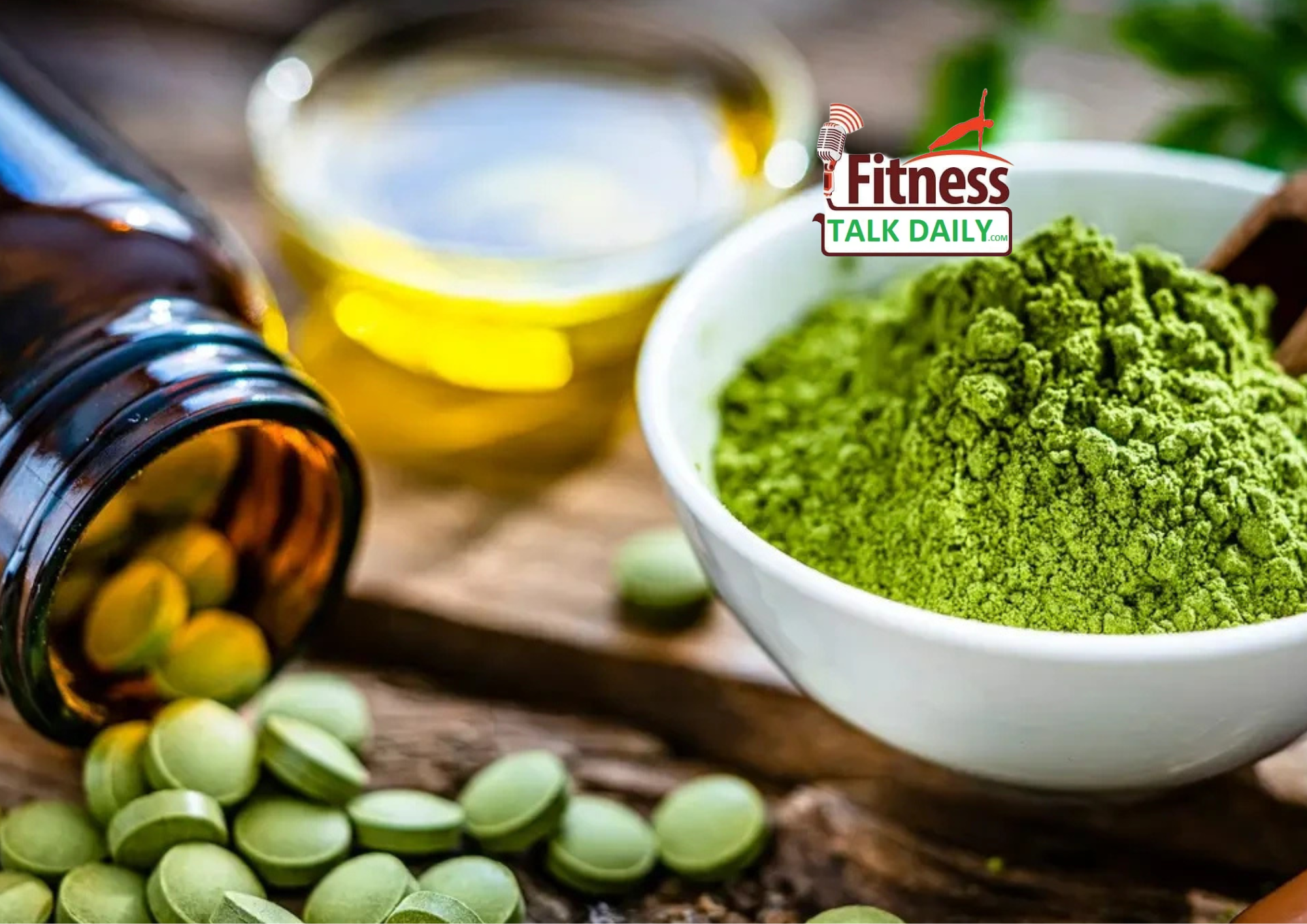Stress is as dangerous as high blood pressure for if it is not known, it can deeply impact the overall functioning of the body. By the way, while traditional medicine is often the one that treats many methods, there are also other ways to keep the blood pressure within a healthy range such as Ayurveda, a system of natural healing. The holistic nature of Ayurveda is mainly concerned with balancing the three main doshas (Vata, Pitta, and Kapha) in the body and using homemade remedies to maintain heart health. In case you are finding a way to naturally regulate blood pressure, you can try these seven Ayurvedic tips to help you.
1. Drink Garlic and Warm Water Every Morning
Garlic (Lahsun) is a natural blood-thinning agent, an Ayurvedic medicine which is widely recognized for its many benefits. This compound consists of allicin, which has the capability to release blood vessels and also this facial feature which will further extend the blood flow of our body. This straightforward and helpful treatment can be prescribed to reduce or control hypertension with confidence it is part of Ayurveda’s top recommendation for natural blood pressure management.
How to Make It:
- Crush one garlic clove.
- Mix it with a glass of warm water.
- Drink it on an empty stomach each morning.
Garlic helps improve circulation and lowers blood pressure, making it an excellent addition to your daily routine.
2. Eat Soaked Raisins for Natural BP Balance
Potassium-rich raisins help to bring balance to the body’s sodium levels. The method described in ayurvedic medicine includes soaking 8 to 10 black raisins overnight and eating them on an empty stomach. As a result of this practice, blood pressure can be naturally controlled by preventing sodium retention, which is one of the major contributors to high BP.
How to Do It:
- Soak 8–10 raisins overnight.
- Eat them first thing in the morning on an empty stomach.
Soaked raisins are a simple and delicious way to support your blood pressure health.
3. Abhyanga (Self-Massage) with Warm Oils
Ayurvedic self-massage, or Abhyanga, is a major practice of Ayurveda that helps stress and fear to calm, besides which, it helps to blood circulation. This treatment consists of the skin being rubbed with warm oil, which can also cut down on stress.
How to Do It:
- Warm some sesame oil, almond oil, or Brahmi oil.
- Gently massage the oil into your scalp, neck, and feet before bedtime.
- Leave it on for 20-30 minutes, then take a warm shower.
Regular Abhyanga helps reduce stress, which plays a significant role in controlling blood pressure.
4. Start Your Day with Tulsi and Lemon Water
The plant tulsi, also known as the holy basil, is worshipped in Ayurveda for its advantageous anti-inflammatory and stress-relieving characteristics, thus it is considered to be a very good herb for heart health. In combination with lemon that is able to remove excess sodium, this Ayurvedic drink can assist in the reduction of blood pressure and the support of cardiovascular wellbeing.
How to Make It:
- Take 5-6 fresh Tulsi leaves and steep them in warm water.
- Squeeze half a lemon into the water.
- Drink it on an empty stomach each morning.
This refreshing beverage helps balance the doshas, reduce stress, and keep blood pressure in check.
5. Follow the Right “Dinacharya” (Daily Routine)
In Ayurveda, the everyday cycle to be followed on a regular basis is the most important for us, human beings. The key point here is to balance the body and mind and lower blood pressure by following a routine program in the right way. The dinacharya of Ayurveda generally refers to the principles of life in daily life such as, rising early, eating meals on time, and having a good rest which enables the body to keep the blood pressure at a normal level.
Key Ayurvedic Dinacharya Tips for Hypertension:
- Wake up before 6 AM for optimal circulation.
- Eat meals at fixed times and avoid skipping breakfast.
- Refrain from screen exposure and heavy meals before bedtime.
- Sleep by 10 PM to ensure restful sleep.
By incorporating these habits into your lifestyle, you can prevent high blood pressure and support overall health.
6. Practice Sheetali and Anulom Vilom Pranayama
According to Ayurvedic tradition, Pranayama (breath control) represents one of the methods to check high blood pressure and emotional problems that Ayurveda talked about. Take advantage of these two simple techniques for an instantaneous reduction of blood pressure – Sheetali and Anulom Vilom, which are easy to practice. They are also popular and commonly trusted techniques that are known to be effective in lowering blood pressure.
How to Practice These Techniques:
-
Sheetali Pranayama (Cooling Breath):
- Sit comfortably and inhale deeply through your mouth while curling your tongue.
- Exhale through your nose slowly. This helps cool the body and calm the mind, reducing blood pressure.
-
Anulom Vilom (Alternate Nostril Breathing):
- Close your right nostril with your thumb and inhale deeply through your left nostril.
- Close your left nostril with your ring finger and exhale through your right nostril.
- Alternate between nostrils for a few minutes to balance oxygen levels and reduce stress-induced hypertension.
Both techniques help reduce stress, balance the doshas, and support healthy blood pressure.
7. Incorporate Heart-Healthy Foods Into Your Diet
In addition to the Ayurvedic tips listed above, it is essential to maintain a balanced diet that supports heart health. Ayurveda recommends the intake of foods rich in antioxidants, potassium, and fiber to maintain heart health. Furthermore, foods such as leafy greens, berries, almonds, and turmeric are the best choices when it comes to effective blood pressure regulation and also enhancing the good health of the heart.
| Heart-Healthy Foods | Benefits for BP |
|---|---|
| Leafy greens (spinach, kale) | Rich in potassium, which helps balance sodium |
| Berries (blueberries, strawberries) | High in antioxidants, which protect heart health |
| Almonds and walnuts | Rich in healthy fats that promote circulation |
| Turmeric | Anti-inflammatory properties that support heart health |
Adding these heart-healthy foods to your daily meals can further support your efforts to control blood pressure naturally.
Embrace Ayurveda for Better Heart Health
By injecting those 7 Ayurvedic laws into your daily life, you are able to keep blood pressure under control, and at the same time, you can enhance circulation and at the same time, one will be able to improve the heart condition in general. If you are one among those who are inclined towards natural remedies, then Ayurveda is one of the best choices. It is a holistic method that combines the natura of the chakras to the emotions as well as the mind and thus it is an excellent remedy for these who prefer natural, side-effect-free treatments. But, it is also important to go beyond the prescriptions of a doctor and to normalize practices from time to time.
The Ayurvedic approach is viable for people who want to control their health and reduce or maintain blood pressure without the use of drugs. There are genuine and effective treatments in Ayurveda that are not only herbal but also have other natural solutions. The use of natural methods does not add any toxins to the body which further aids in the healing process.




